22.03.2023
Next to last Delta IV Heavy rocket launch set for April
Rocket will carry satellite for National Reconnaissance Office
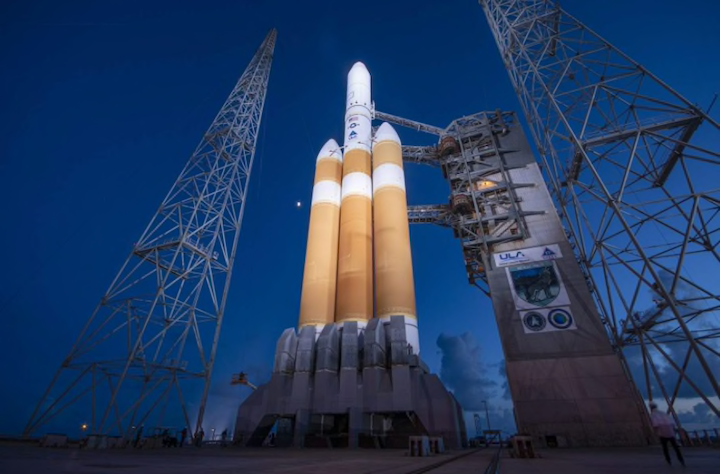
CAPE CANAVERAL SPACE FORCE STATION, Fla. – A Delta IV Heavy rocket will carry a satellite into space for the National Reconnaissance Office next month in one of the last launches before the rocket line is retired.
The NRO tweeted that the launch was set for April 20 from Cape Canaveral Space Force Station. No time or launch window was given.
Quelle: NEWS6
----
Update: 10.06.2023
.
ULA to launch intelligence satellite atop Delta IV Heavy rocket on June 21
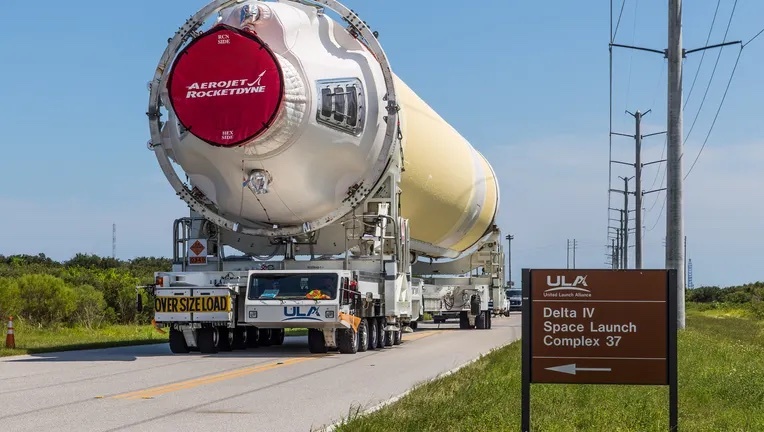
A United Launch Alliance (ULA) Delta IV Heavy rocket is launching the NROL-68 mission for the National Reconnaissance Office (NRO). [Credit: ULA]
ORLANDO, Fla. - A United Launch Alliance (ULA) Delta IV Heavy rocket is launching the NROL-68 mission for the National Reconnaissance Office (NRO). Liftoff is planned late this month from Space Launch Complex-37 at Cape Canaveral Space Force Station, Florida.
"In just TWO weeks, #NROL68 is scheduled to launch the penultimate @ulalaunch #DeltaIVHeavy from Cape Canaveral Space Force Station (@SLDelta45) June 21 between 3:00-7:45 a.m. EDT," ULA tweeted.
According to ULA, the NRO uses a variety of satellites to meet mission needs, from small to traditional. "This allows the NRO to pursue a hybrid architecture designed to provide global coverage against a wide range of intelligence requirements, carry out research and development efforts, and assist emergency and disaster relief efforts in the U.S. and around the world," ULA says.
The NRO are the "eyes and ears" of the United States when critical surveillance is needed in terrain where no human can reach. The NRO is the Intelligence Community agency responsible for developing, acquiring, launching, and operating America’s reconnaissance satellites and associated data processing facilities in support of national security.
Quelle: FOX35
----
Update: 21.06.2023
.
Weather mostly OK for rare ULA Delta IV Heavy launch of a spy satellite from Florida
As United Launch Alliance prepares for its first launch of the year on Wednesday, teams will be watching the weather closely around Cape Canaveral Space Force Station.
Weather looks mostly OK but a chance of storms could hinder the launch.
If schedules hold, teams at Launch Complex 37 will likely face 75% "go" conditions for the scheduled 3:29 a.m. EDT liftoff of a three-core Delta IV Heavy rocket with a classified payload for the National Reconnaissance Office.
What's the weather look like for launch?
The main weather concerns for an on-time liftoff on Wednesday are the possibility of showers and a risk of lightning in the area.
"An unsettled weather pattern is likely to remain in place through much of the upcoming week, characterized by above normal opportunities for showers and thunderstorms each day," Space Force forecasters said in a report on Monday. "The highest threat for storms will target the afternoon and evening hours."
A risk of thunderstorms and high winds could impact ULA teams from rolling back the protective Mobile Service Tower on Tuesday afternoon before a launch attempt. The lengthy process, if delayed, could possibly impact the targeted liftoff time.
"A high threat exists for nearby showers and storms during evening (Mobile Service Tower) rollback operations, with the potential for remnant anvil and cumulus clouds persisting later into the night," forecasters said.
In that case, ULA would likely target a launch time later in the window that extends until 7:45 a.m. EDT Wednesday morning or delay until another day.
"A subtle shift in this boundary and the flow aloft appear to unfold during the latter portions of the week,leading to somewhat more favorable overnight launch weather," forecasters said. "Additionally, overnight sustained winds are likely to remain elevated, although easing somewhat by late week."
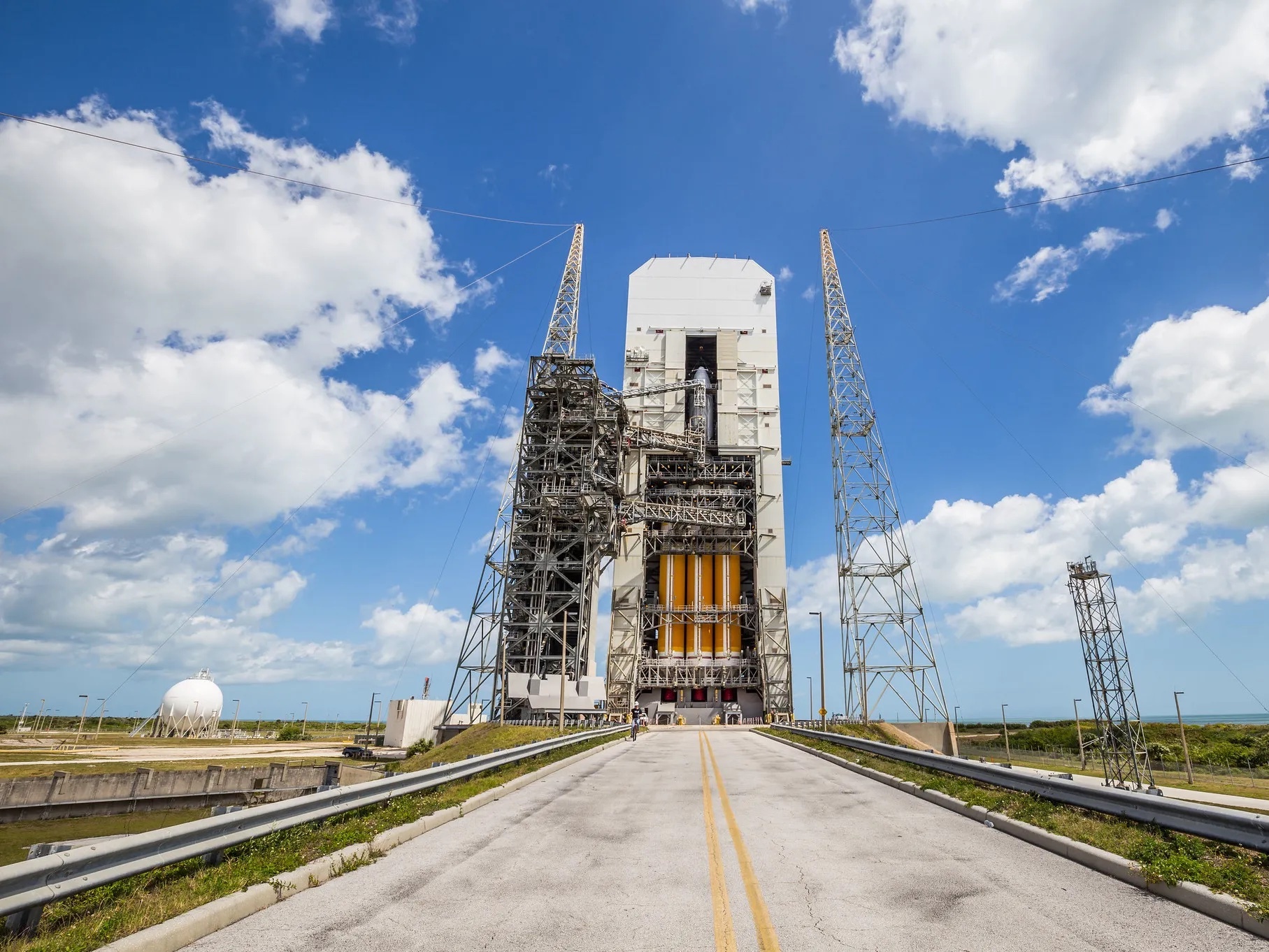
What is the NROL-68 mission?
A rare sight for the Space Coast, the Delta IV Heavy rocket, stands 230 feet tall and sports three nearly-identical orange-and-white boosters propelled by cryogenic liquid hydrogen and liquid oxygen. The last time it launched from Florida was in December 2020 after a string of technical issues and weather delays caused five scrubbed attempts.
Wednesday's mission, labeled NROL-68, features a classified payload for the National Reconnaissance Office, one of the "big five" agencies responsible for space-based data gathering and monitoring the nation's fleet of spy satellites.
Neither the NRO nor ULA could divulge very much about the secretive national security payload.
The NROL-68 mission will be the 15th launch of a Delta IV rocket in the Heavy configuration since it began flying in 2004. It's also the next-to-last mission before the vehicle retires like its single-core predecessor, which last flew in 2019. Upon the rocket's retirement, ULA is set to terminate its lease of Launch Complex 37 and return it to the Space Force.
At nearby Launch Complex 41, where ULA launches its Atlas V rocket, teams continue to progress toward the debut launch of the company's next-generation rocket called Vulcan Centaur. Following the recent completion of a flight readiness firing engine test, Vulcan is slated to launch from its shared pad sometime before the end of this year.
Launch Wednesday, June 21
- Company / Agency: United Launch Alliance for the National Reconnaissance Office
- Rocket: Delta IV Heavy
- Location: Launch Complex 37 at Cape Canaveral Space Force Station
- Launch Window: 3:29 a.m. EDT to 7:45 a.m. EDT
- Trajectory: East
- Weather: 75% "go"
- Landing: None; Delta IV Heavy is expendable
Quelle: Florida Today
----
Update: 22.06.2023
.
ULA scrubs Delta 4-Heavy launch attemp
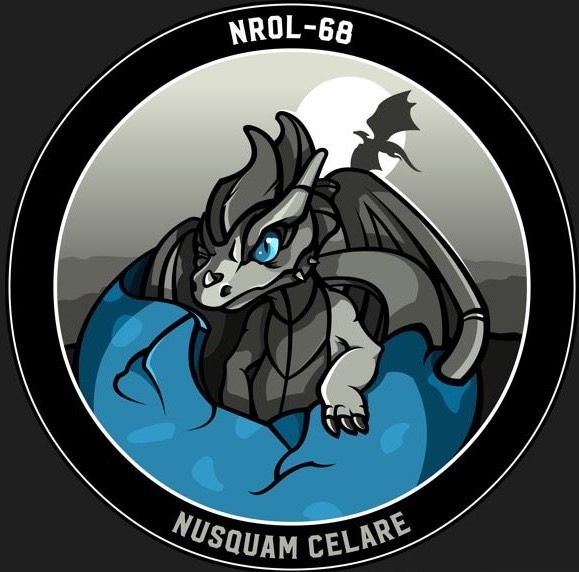
The second-to-last flight of United Launch Alliance’s Delta rocket was set to lift off from Cape Canaveral early Wednesday on a mission to deliver a top secret spy satellite into orbit for the U.S. government, but officials scrubbed the launch attempt due to a problem with a ground systems pneumatics valve.
Another launch attempt for ULA’s 15th Delta 4-Heavy rocket, and 44th Delta 4 rocket overall, is set for 3:25 a.m. EDT (0725 UTC) Thursday from Pad 37B at Cape Canaveral Space Force Station. The mission, codenamed NROL-68, has a launch window of about four hours.
Weather forecasters from the U.S. Space Force’s 45th Weather Squadron predict a 80% chance of favorable conditions for liftoff of the Delta 4-Heavy rocket early Thursday. The main weather concerns are cloud cover and the residual risk of lightning from evening thunderstorms, along with gusty ground winds at the Florida spaceport.
The 235-foot-tall (71.6-meter) Delta 4-Heavy rocket will haul into orbit a classified payload for the National Reconnaissance Office, the U.S. government’s spy satellite agency. The NRO does not officially disclose details about its satellites, but expert observers of military space missions believe the Delta 4 rocket will send a large spacecraft into orbit designed to intercept telephone calls, data transmissions, and other types of communication by U.S. adversaries.
The circumstances of Thursday’s launch, including its due east trajectory and the use of the Delta 4-Heavy, suggest it is carrying a type of satellite known publicly as an “Advanced Orion” or “Mentor” spy spacecraft. The Advanced Orion satellites fly in geosynchronous orbit, circling more than 22,000 miles (nearly 36,000 kilometers) and closely hugging the equator. In that orbit, the satellites fly in lock-step with Earth’s rotation, giving them fixed coverage areas over the same parts of the world 24 hours per day.
The Advanced Orion satellites require the combination of the Delta 4-Heavy rocket’s lift capability, long-duration upper stage, and huge 65-foot-long (19.8-meter) trisector payload fairing.
ULA’s launch team at the Delta Operations Center at Cape Canaveral will oversee the eight-and-a-half hour countdown beginning Wednesday night. Technicians will wheel the Delta 4’s 330-foot-tall service gantry away from the rocket around sunset, clearing the way for loading of super-cold liquid hydrogen and liquid oxygen into the rocket.
After ticking down the final minutes until liftoff, the Delta 4-Heavy rocket fire its three RS-68A engines supplied by Aerojet Rocketdyne and will fly east from Cape Canaveral powered by 2.1 million pounds of thrust. The hydrogen-fueled engines on the two side boosters of the Delta 4 will fire nearly four minutes, then the side boosters will drop away fro the Delta 4’s core booster. The engine on the core stage will be throttled down for the first few minutes of the flight to conserve propellant, then will power up to continue accelerating into space after jettison of the two side boosters.
Shutdown of the core stage is expected about five-and-a-half minutes into the mission, followed moments later by separation of the center booster and ignition of the Aerojet Rocketdyne RL10 engine on the Delta 4’s upper stage. The rocket’s metallic payload fairing, which covers the NRO spacecraft during the climb through the atmosphere, will jettison more than six-and-a-half minutes after liftoff to reveal the NRO’s newest spy satellite to space for the first time.
At that time, the mission will enter a government-imposed news blackout. ULA’s live launch broadcast will end, and the rest of the Delta 4’s climb to geosynchronous orbit will occur in secret. It will take about six hours for the Delta 4 to deploy the NRO spy satellite into a nearly circular geosynchronous orbit positioned more than 20,000 miles over the planet, likely requiring three burns by the upper stage RL10 engine.
The NRO’s Advanced Orion satellites are among the largest spacecraft ever sent into space. When viewed from Earth, they shine with the brightness of an 8th magnitude star, making them easily visible with small binoculars despite their distant orbits, according to Ted Molczan, an authoritative skywatcher who tracks satellite activity.
Four previous Delta 4-Heavy launches in 2009, 2010, 2012, 2016, and 2020 followed similar trajectories after taking off from Cape Canaveral, each carrying a classified cargo for the National Reconnaissance Office. Independent analysts believe all delivered top secret NRO eavesdropping satellites to space.
Before the launch in 2010 of a suspected Advanced Orion satellite, then-director of the NRO Bruce Carlson called the payload the “the largest satellite in the world.” The satellites are believed to carry giant antennas that unfurl to a diameter of up to 100 meters, or 328 feet, once in space.
The antenna can likely be tuned to listen in on communications among U.S. adversaries. It’s not known what part of the world the newest Advanced Orion satellite will cover, or whether the new spacecraft will replace an old satellite or expand the NRO’s eavesdropping web.
The Advanced Orion-series satellites began launching on Titan 4 rockets in 1995, following a pair of earlier NRO Orion payloads that launched in the 1980s on space shuttle missions. The NRO began using Delta 4-Heavy rockets for the Advanced Orion missions in 2009, following the retirement of the Titan 4 booster.
The NRO also has a fleet of sharp-eyed optical and radar spy satellites flying in orbits closer to Earth. Many of those were also launched on Delta 4 rockets.
The spy agency’s satellites collect imagery and intelligence data to help inform decisions by military commanders, senior policy makers, and the president.
ULA, a 50-50 joint venture between Boeing and Lockheed Martin, is retiring the Delta family of rockets in favor of the new-generation Vulcan launch vehicle, which is scheduled to make its first test flight later this year from Cape Canaveral. The Vulcan rocket will also replace ULA’s Atlas 5 launcher, which will fly 19 more times before retirement later in the 2020s.
The Atlas 5 and Delta 4 rockets currently flown by ULA show little resemblance to their forebears, but the names are steeped in history. The launch of the NROL-68 mission will be the 388th flight of a rocket bearing the Delta name since 1960.
The launch of the NRO’s NROL-68 mission on the second-to-last Delta rocket was delayed from April to allow time for ULA engineers to swap out a leaky hydrogen valve on the Delta 4’s upper stage. The troubleshooting required the NRO’s spy satellite to be removed from the rocket, resulting in about a two-month delay.
Wentz said engineers found a “really small, hard to see” piece of particulate on the sealing surface of the valve, which is used to pressurize the upper stage fuel tank. The debris caused the valve to leak.
ULA has procured spare parts to be able to respond to replace faulty components on the final two Delta 4 rockets, even though the launch vehicle is no longer in production. Parts obsolescence is a common concern for aerospace vehicles nearing retirement.
“We were able to secure, in our final order of parts, some additional critical spares, and we’ve kept those on hand,” Wentz said. “In a case like this with the valves, we were able to take the valves back and were able to rework those and put them back in stock as a spare part. So that’s been our strategy all along is identifying the critical components, particularly the ones that aren’t used in either Atlas or Vulcan.”
The last flight of ULA’s Delta 4-Heavy rocket is scheduled for early 2024 on another NRO mission, designated NROL-70. That launch will mark retirement of the Delta rocket family.
The Delta 4 rocket was developed by Boeing in the late 1990s and early 2000s, at the same time Lockheed Martin was bringing its Atlas 5 rocket into service. Boeing and Lockheed Martin merged their rocket programs in 2006 to form ULA, which was the sole provider of launch services for the military’s most expensive national security satellites until SpaceX broke into the market.
The military certified SpaceX’s Falcon 9 rocket for national security missions in 2015, and SpaceX and ULA split multibillion-dollar contracts in 2020 for a series of military satellite launches. While SpaceX will employ its Falcon 9 and Falcon Heavy rockets already in service, ULA will use its new Vulcan Centaur rocket to carry out its military launch commitments.
ULA says the Vulcan rocket is less expensive than the Atlas and Delta rockets, and it uses engines built in the United States, replacing the Russian engines that power the Atlas 5 rocket. The Delta 4 rocket also uses all U.S.-made engines, but it is more expensive than the Atlas 5. In its most powerful configuration, the Vulcan Centaur will outlift the Delta 4-Heavy, without needing to use three first stage boosters to do the job.
The schedule for the first flight of ULA’s new Vulcan rocket is uncertain as engineers wrap up their investigation into an explosive incident on the rocket’s Centaur upper stage during a structural test earlier this year in Alabama. Earlier this year, ULA hoped to launch the first Vulcan rocket in May, with an eye toward certifying the new vehicle for military satellite launches by the end of 2023.
It now appears doubtful the Vulcan rocket will be certified for national security space missions by the end of the year. The Space Force’s certification requires two successful Vulcan test launches.
But ULA has more than 70 Vulcan rocket missions in its backlog, primarily for the Pentagon and for Amazon’s Kuiper broadband network, a potential future rival to SpaceX’s Starlink internet constellation. In response to the deep backlog, ULA is expanding the footprint of its 1.6 million-square-foot factory in Alabama, which was originally built by Boeing for the Delta 4 program, before ULA shifted Atlas rocket production there from Colorado. The factory is now transitioning to focus fully on Vulcan.
“For a while, obviously, we had Delta 4 and Atlas flowing through that factory,” Wentz said. “The most significant and obvious parts are in the final assembly area for Delta 4, which coincidentally, we’ve been processing Vulcans through. So Vulcan final assembly will flow right in there, and we’ll be able to increase our rate in that area.”
The last remnant of the Delta 4 program at the Alabama factory is the third and final upper stage ULA is building for NASA’s Space Launch System rocket to carry astronauts back to the moon. That upper stage is derived from the Delta 4-Heavy design, and will power the Artemis 3 mission into space in a few years. Then NASA will switch to a more powerful upper stage for future SLS moon rockets.
Despite a strong backlog of missions, delays have kept ULA’s launch pads silent for the first half of 2023. The Delta 4-Heavy launch Thursday morning from Cape Canaveral will be the company’s first mission of the year, while rival SpaceX has launched 41 flights in 2023 with its Falcon rocket family.
The two-month delay in the Delta 4 launch was one reason for the slow start to the year. The first flight of astronauts on Boeing’s Starliner crew capsule, which will launch on ULA’s Atlas 5 rocket, has also been delayed from April until late this year, at the earliest, to allow Boeing to resolve several technical issues with the spacecraft.
And the Vulcan rocket’s first launch is also in a state of schedule uncertainty as ULA determines that it needs to do to overcome the Centaur fiery anomaly in March, which destroyed the upper stage’s structural test article after an unexpected leak of flammable hydrogen fuel.
Quelle: SN
+++
Update: 13:00 MESZ
.
Start von Delta IV Heavy rocket mit NROL68 Satelliten
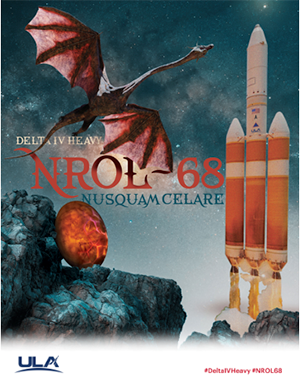
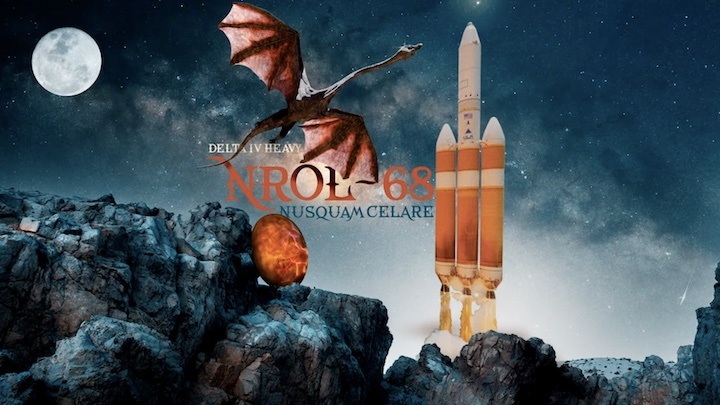
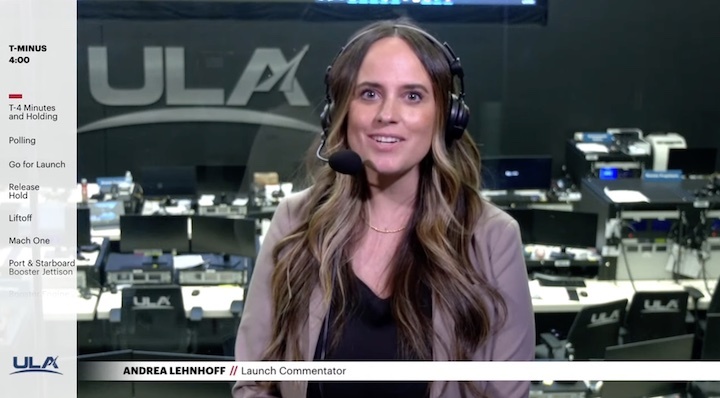
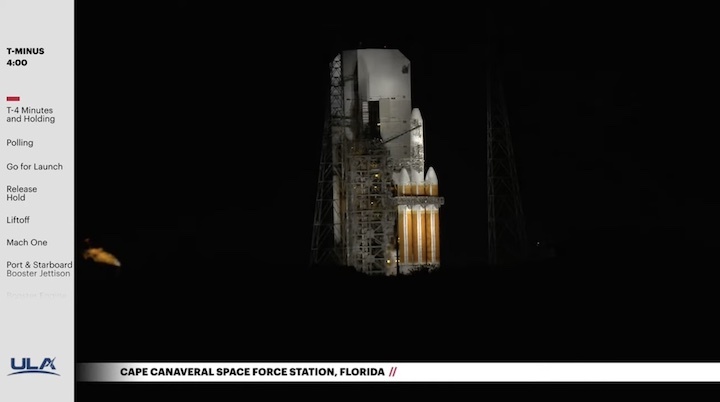
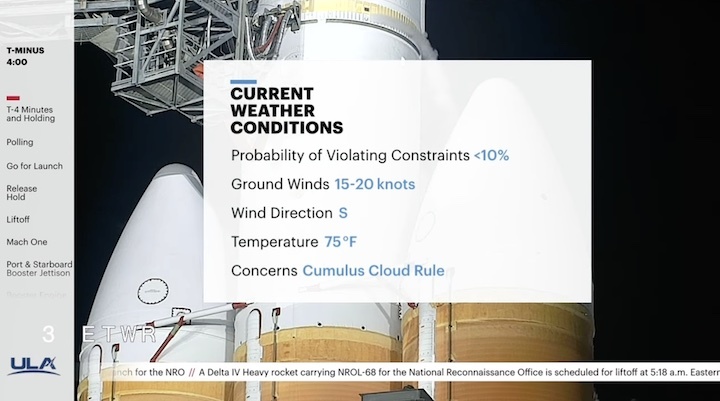
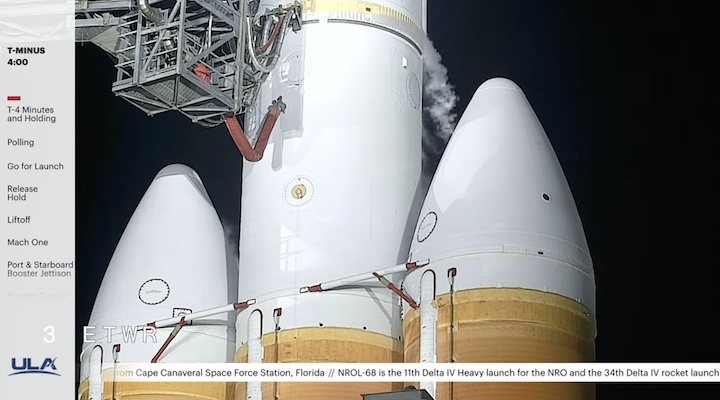

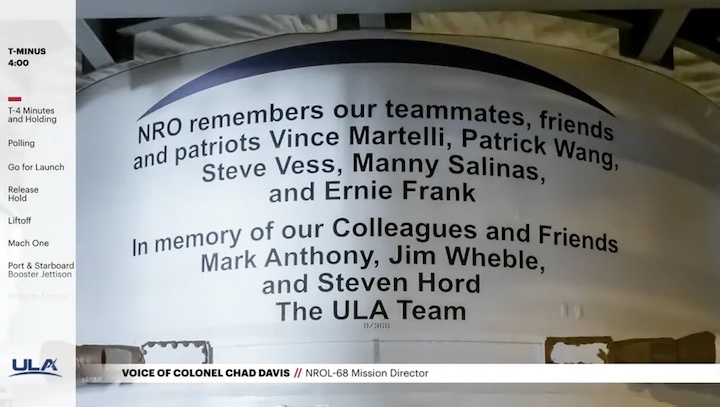
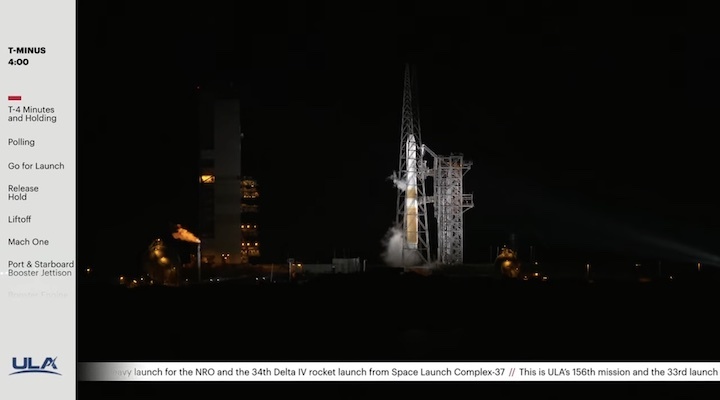
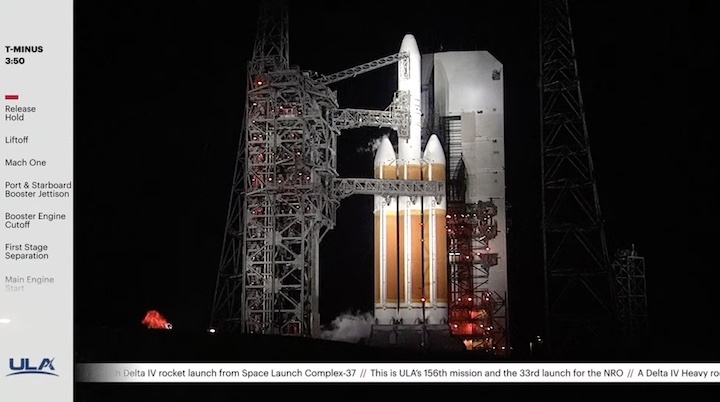
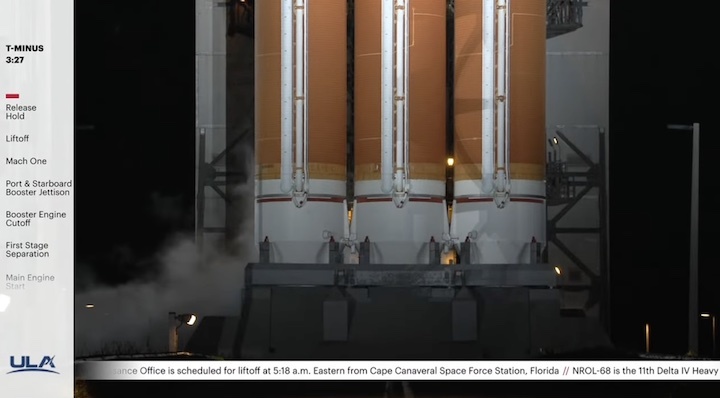
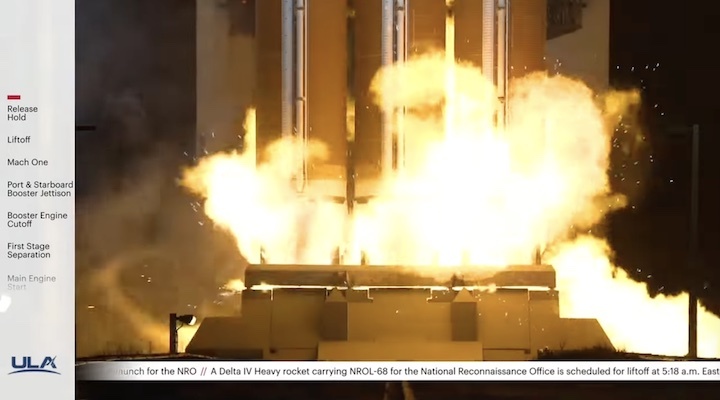
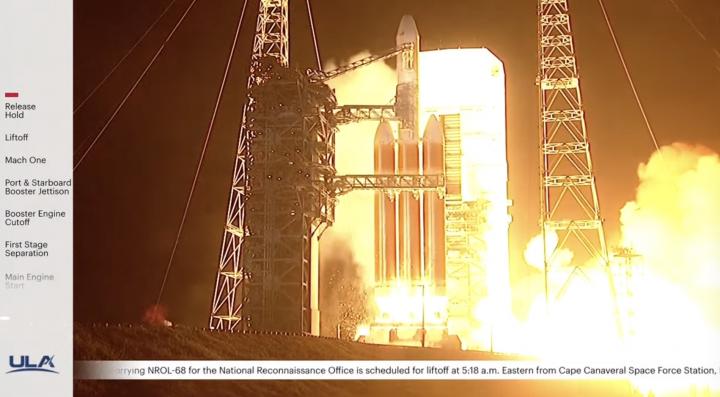
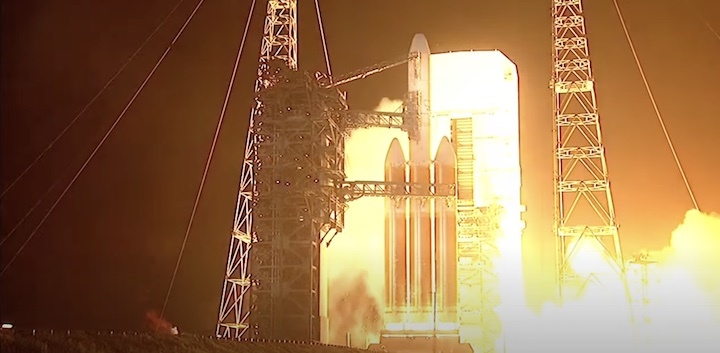

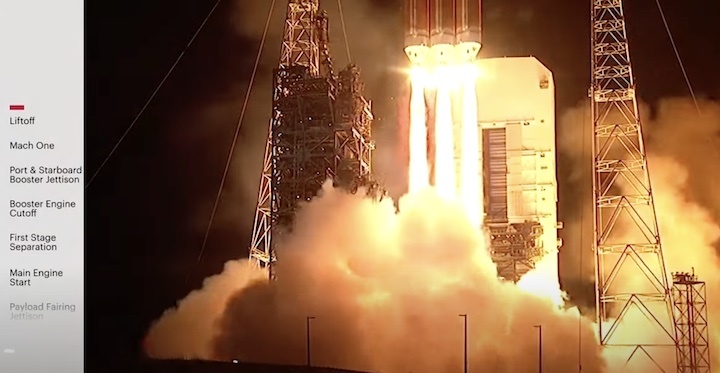
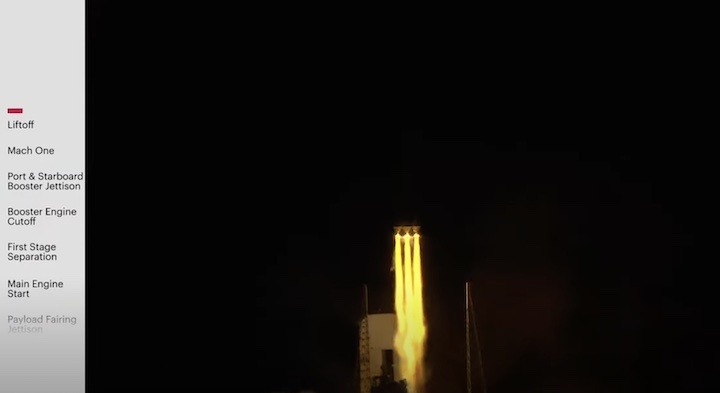
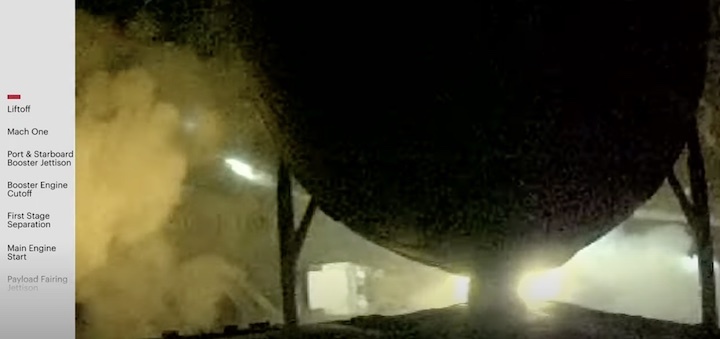
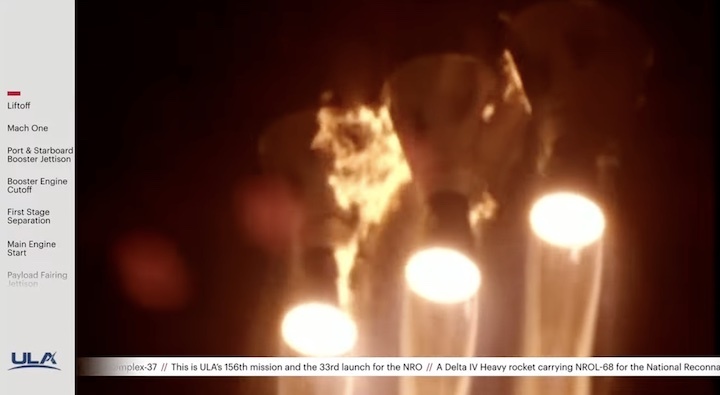
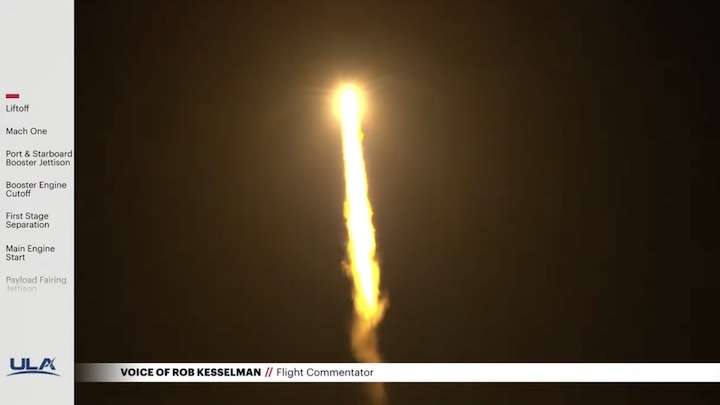
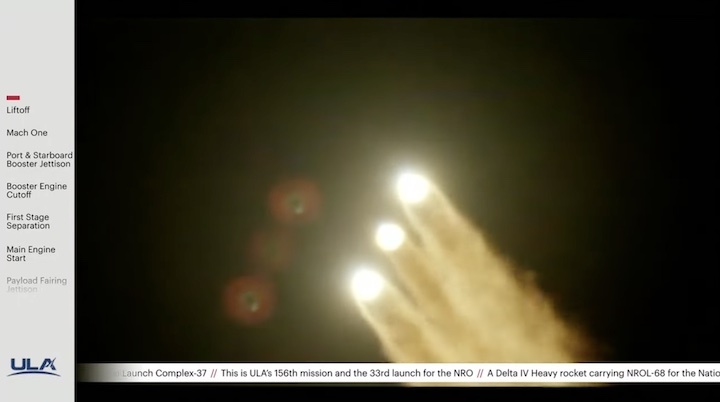
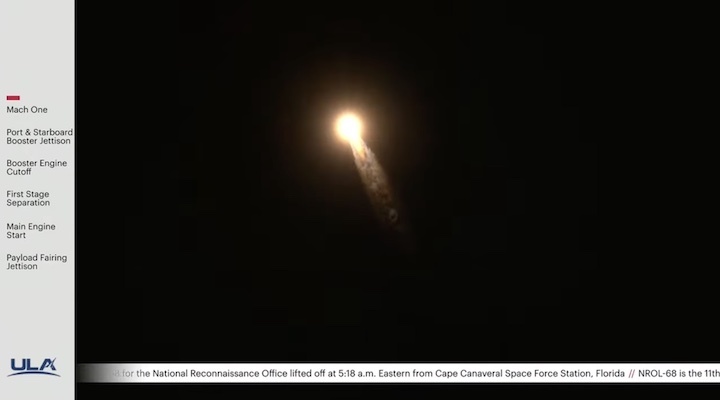
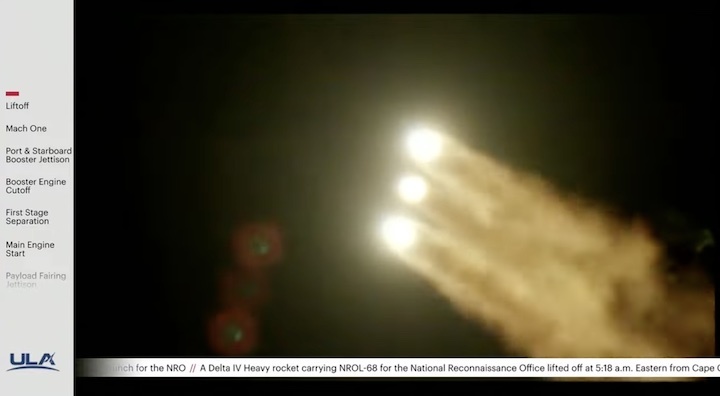
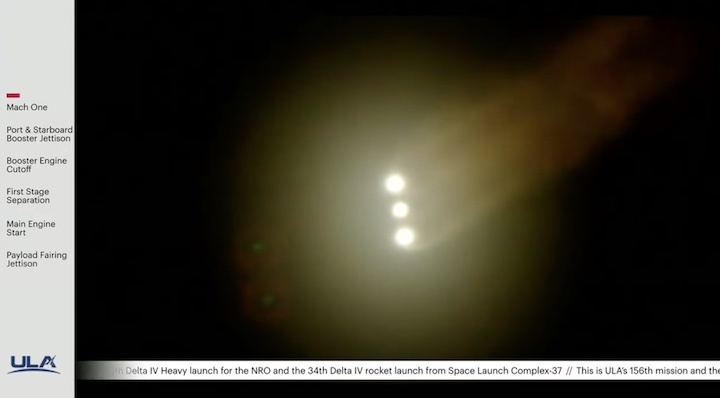
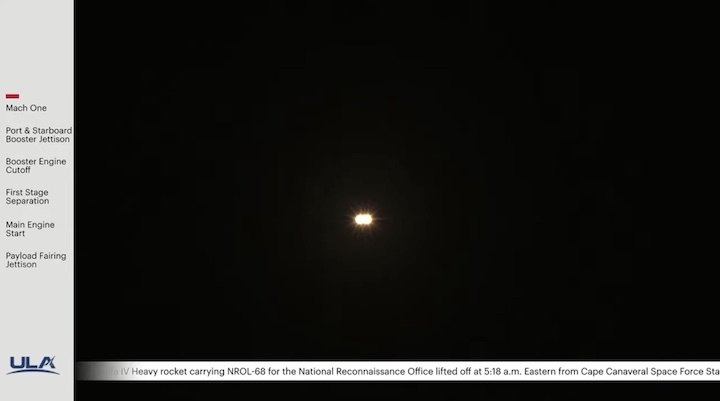
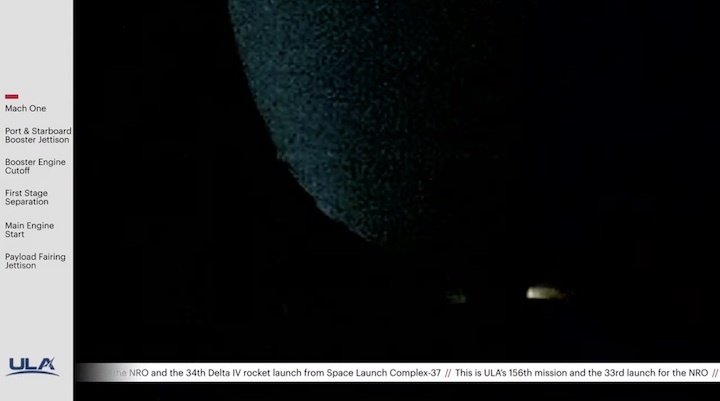
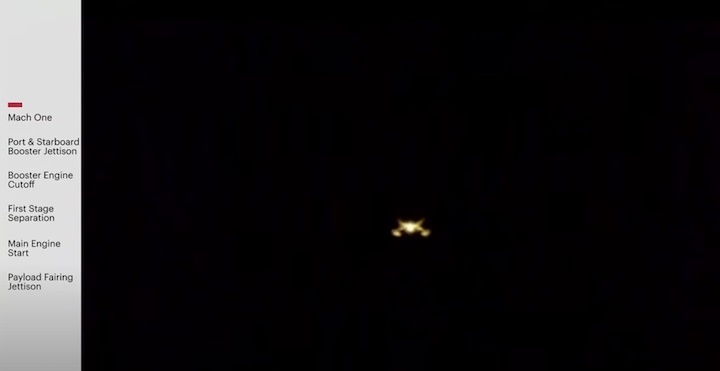
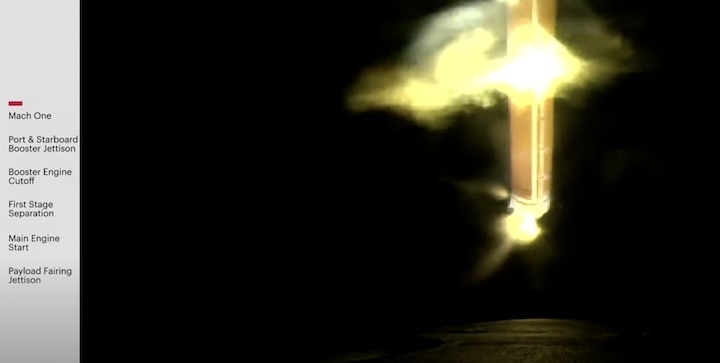
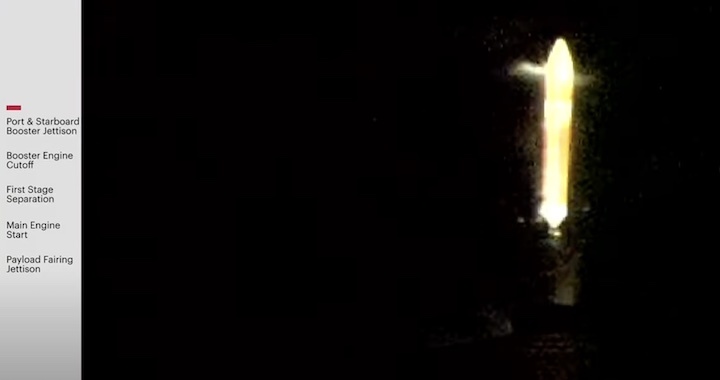
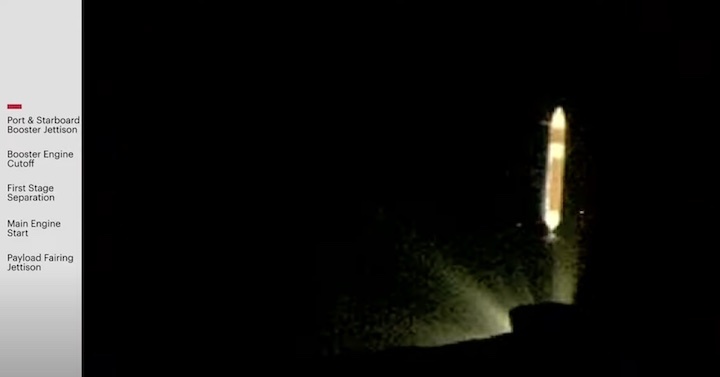

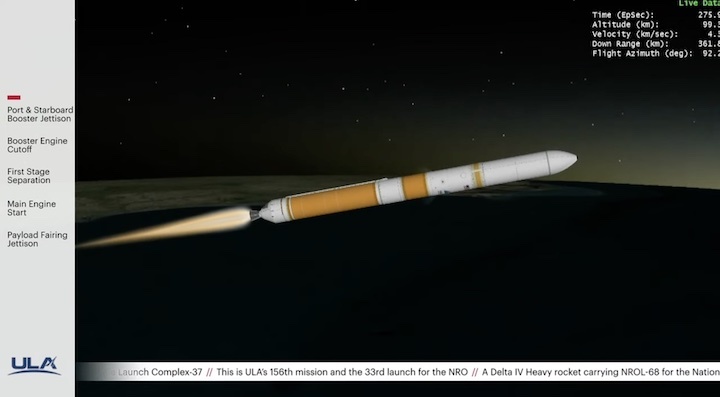
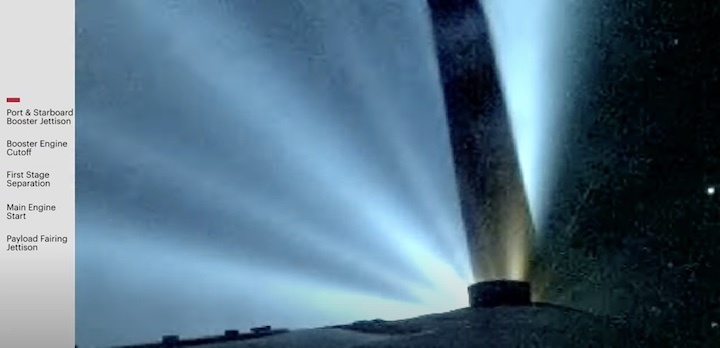
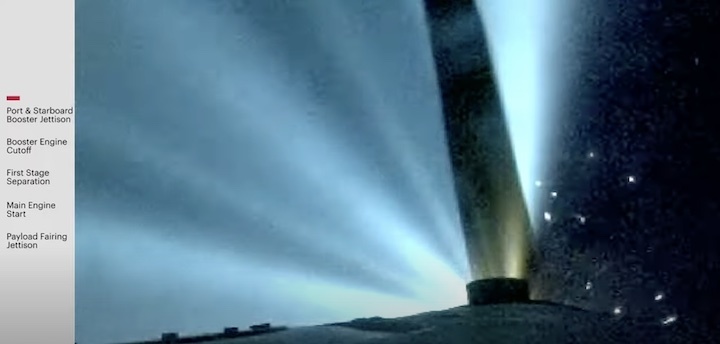
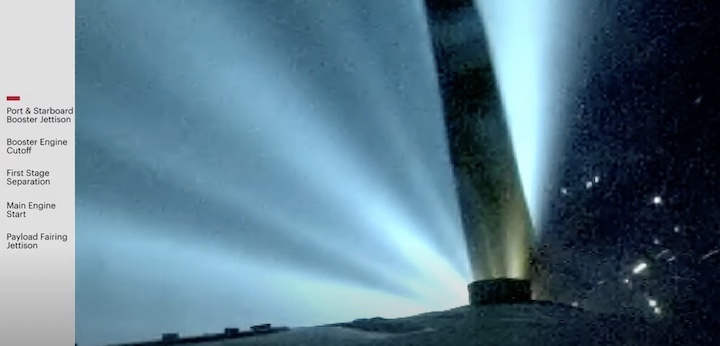
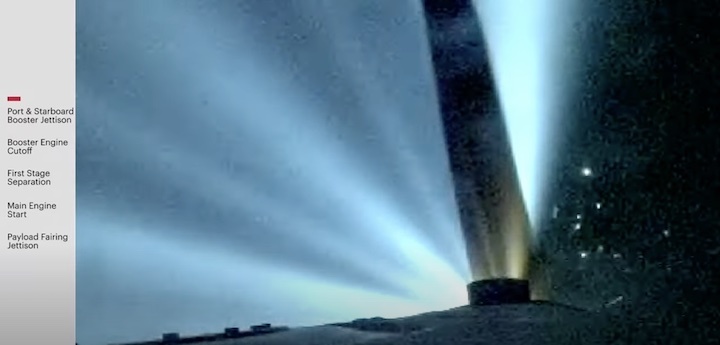
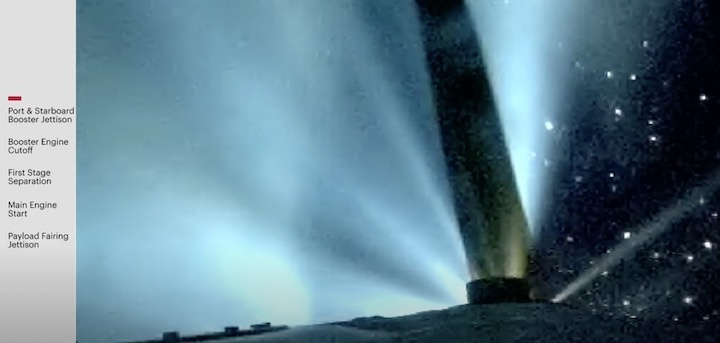
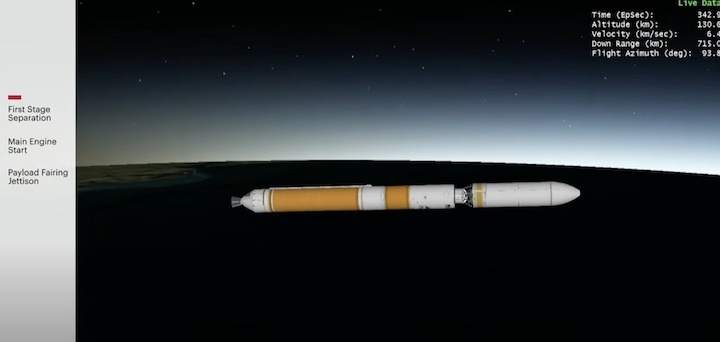
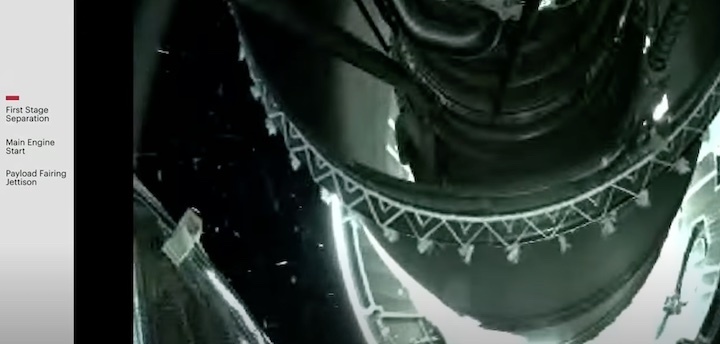
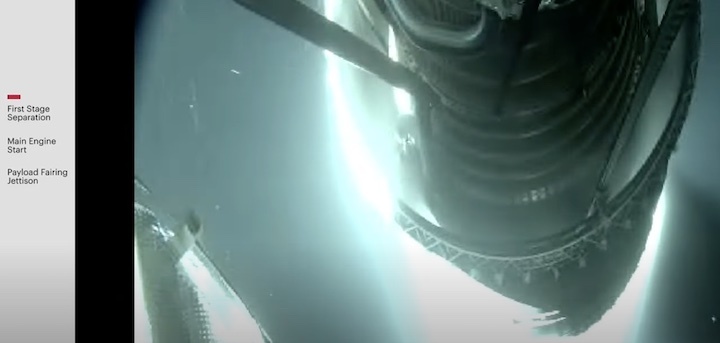
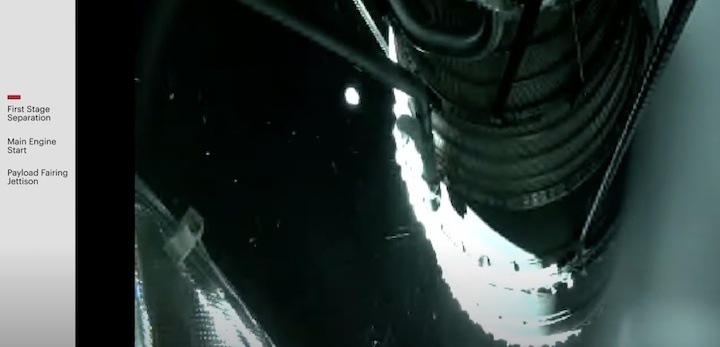
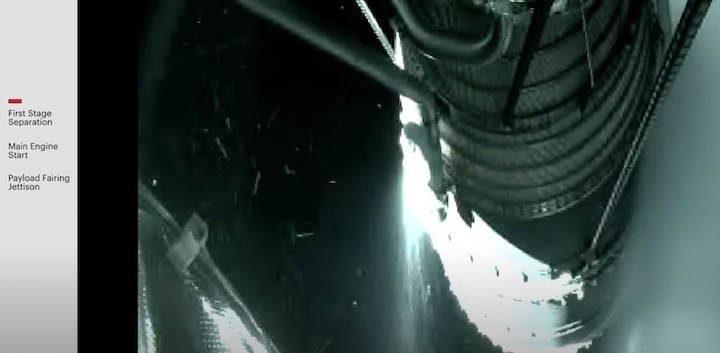
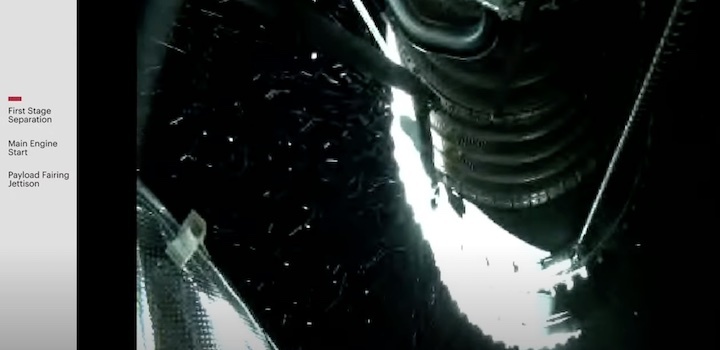
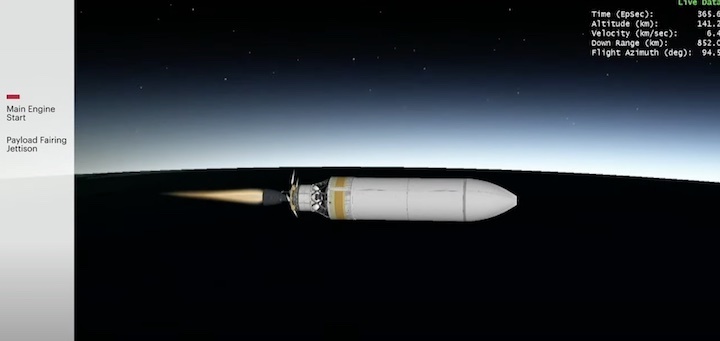
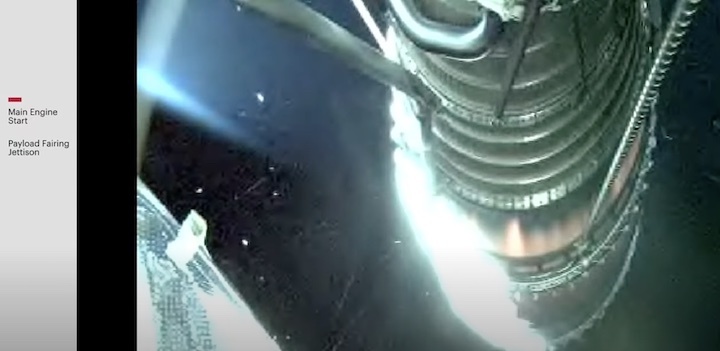
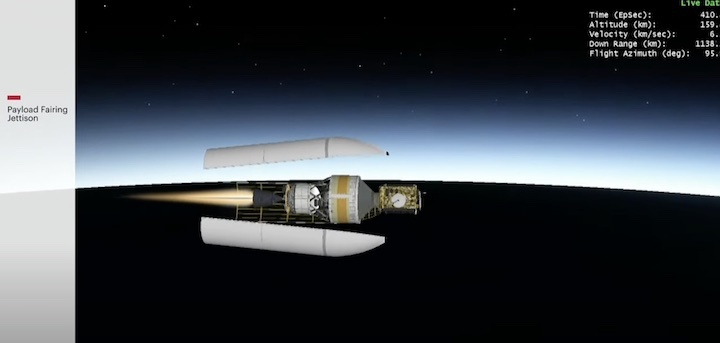
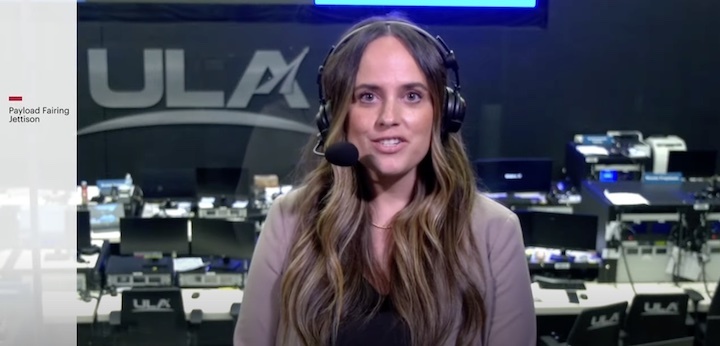
Quelle: ULA
